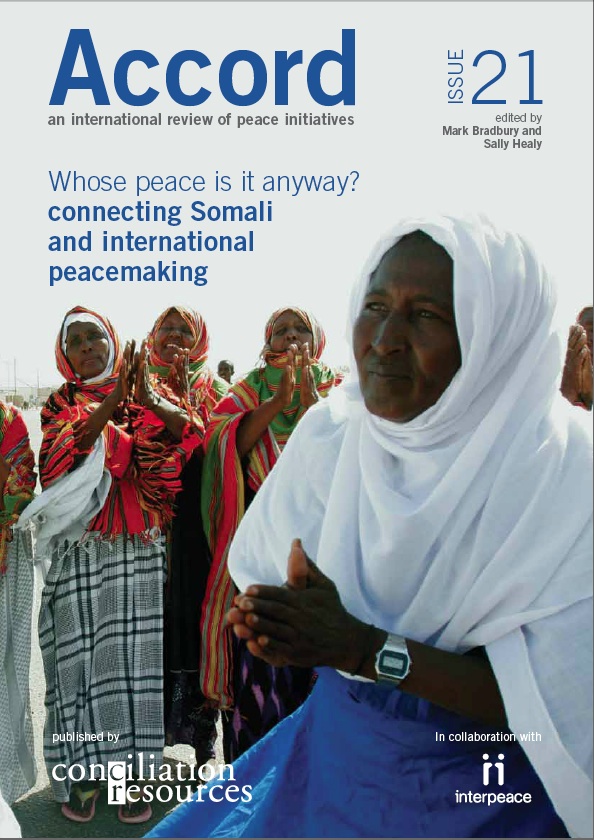The experienced mediator Julian Hottinger has highlighted the importance of getting the approach right: introducing security arrangements into negotiations in a way that will do more good than harm, and that ensures they can be implemented. Unfortunately, as the Abuja negotiations on Darfur illustrate, not all international mediation efforts recognise the strategic significance of security arrangements. Too often they are simply seen as technical mechanisms to secure the political strategy for a peace process. This ignores the reality that security arrangements are critical elements of the overall political strategy and are fundamental to the effectiveness of a peace process.
Hottinger has stated that, in the past, mediators used to think that if violence could be stopped disarmament could be started and society simply brought out of conflict. Today such a strategy is no longer an option as warring parties demand a ‘total vision’ of their future before they are willing to put down arms: an idea of how their future together will look, which guarantees the survival of each side. Quick fix approaches to security negotiations or a failure to address the totality of security arrangements process are therefore strategies for failure. Yet both of these approaches characterise international mediation efforts in Somalia.
Experience from successful peace processes emphasises the importance of a negotiated, phased and sequential approach to building security. The first phase involves establishing an effective ceasefire, because a cessation of hostilities is a prerequisite for establishing the political and public space for credible and representative negotiations. A commitment by the warring parties to a ceasefire is a demonstration of a serious intent to negotiate.
A ceasefire itself is a process that involves a series of steps, from a tentative cessation of hostilities through to a more comprehensive, formal ceasefire agreement. Without a serious ceasefire there is little reason to expect a peace process will be sustained.
The second, transitional phase is vital. It involves parties engaging in a series of confidence-building measures, and gradually compromising on their own security perspectives as they move towards joint responsibility for the management of the ceasefire and interim security forces. This helps build confidence between the parties and is a bridge to the third phase.
The third phase involves negotiating a final ‘status of forces’ agreement, which is the security component of a comprehensive peace settlement. Without a transitional confidence-building phase, the parties are effectively being asked to sign a ceasefire that leads immediately to a final disposition of military and security capacities, in which the winner takes all. Few belligerents could accept such an arrangement outside of surrender. In most cases failure to invest in the transitional phase leads directly to the collapse of the ceasefire and critically undermines the peace process.
No conflict is the same. Each context requires a different approach so the basic template outlined above must be tailored to the realities on the ground. However, as has been emphasised by the Development Assistance Committee of the Organisation for Economic Cooperation and Development (OECD DAC), establishing security – particularly in fragile, conflict or post-conflict situations – requires a clear focus on security governance.

